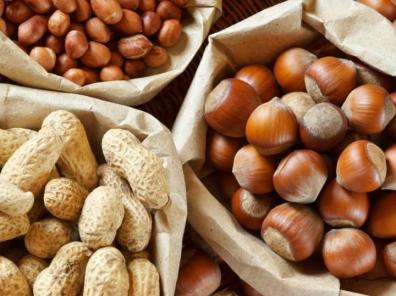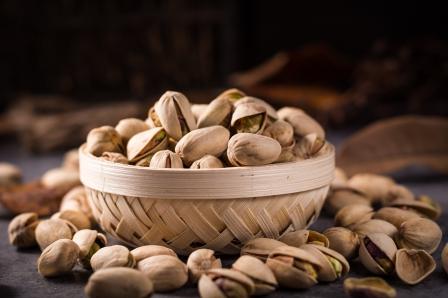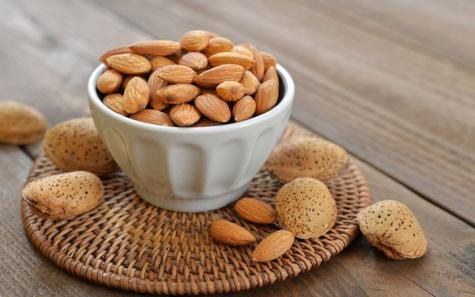Australia is renowned for its diverse range of flora and fauna, with a unique ecosystem that supports a variety of plant life. Amongst these natural wonders lies the humble but mighty peanut, a versatile legume that has captured the hearts and palates of many across the globe. In this article, we delve into the world of Australia’s big peanut, exploring its origins, cultivation, nutritional benefits, and culinary uses. Join us on a nutty adventure as we uncover the secrets of this beloved legume that has become a staple in countless households and cuisines worldwide. Origins and Cultivation: The history of peanuts in Australia dates back to the early days of European settlement, where they were introduced as a valuable crop with the potential for commercial success.
.
Native to South America, peanuts belong to the legume family and are technically not nuts but rather seeds that grow underground. The Australian climate, particularly in regions such as Queensland, New South Wales, and Western Australia, provides ideal conditions for peanut cultivation, with the warm weather and well-drained sandy soils contributing to successful yields. Australian peanuts are predominantly grown in the northern regions of the country, with Queensland being the largest producer. The planting season typically begins in spring, and the crop is harvested in autumn. Peanuts require a consistent water supply throughout their growth cycle, making irrigation systems essential in dry regions. Farmers carefully monitor the development of the peanut plants, ensuring they receive adequate nutrients and protection from pests and diseases. Nutritional Benefits: Peanuts are a nutritional powerhouse, packed with essential nutrients that promote overall health and well-being. They are a rich source of protein, making them an excellent plant-based option for vegetarians and vegans. Peanuts also contain healthy fats, including monounsaturated and polyunsaturated fats, which are beneficial for heart health. Additionally, peanuts are a good source of fiber, vitamins, and minerals, such as vitamin E, niacin, folate, and magnesium.
..
One of the most significant nutritional benefits of peanuts is their antioxidant content, particularly resveratrol, a potent compound that has been linked to various health benefits, including anti-inflammatory and cardioprotective effects. Consuming peanuts regularly may help reduce the risk of chronic diseases such as heart disease, diabetes, and certain types of cancer. However, it is essential to consume peanuts in moderation, as they are calorie-dense and excessive intake can lead to weight gain. Culinary Uses: Peanuts are a versatile ingredient that can be incorporated into a wide range of dishes, both savory and sweet. In Australia, peanuts are commonly enjoyed roasted and salted as a snack, showcasing their crunchy texture and nutty flavor. Peanut butter, a creamy spread made from ground peanuts, is a beloved pantry staple in many households, used in sandwiches, baked goods, and savory sauces. Beyond snacking and spreads, peanuts are a popular addition to Asian-inspired dishes such as stir-fries, curries, and noodle bowls. They can be used to create flavorful sauces, dressings, and marinades, adding depth and richness to a variety of recipes. Peanut-crusted chicken or tofu, peanut noodles, and peanut butter cookies are just a few examples of the delicious creations that can be made using this versatile ingredient.
…
Australia’s big peanut is also a key component in iconic dishes such as satay sauce, a flavorful peanut-based condiment commonly served with grilled meats and skewers. The fusion of peanuts with spices, herbs, and other ingredients creates a harmonious blend of flavors that tantalize the taste buds and evoke a sense of culinary delight. Health and Dietary Considerations: While peanuts offer numerous health benefits, it is essential to be mindful of potential allergens and intolerances. Peanut allergies are common, particularly among children, and can range from mild reactions to severe anaphylaxis. Individuals with peanut allergies must exercise caution when consuming peanuts or products containing peanuts, as even small traces can trigger a harmful immune response. For those with dietary restrictions or preferences, such as gluten-free or low-carb diets, peanuts can be a valuable addition to their meal plans. Peanut flour, made from finely ground peanuts, can be used as a gluten-free alternative in baking and cooking. Peanuts can also be incorporated into ketogenic or low-carbohydrate diets, providing a satisfying source of protein and healthy fats. Incorporating Peanuts into a Balanced Diet: When incorporating peanuts into a balanced diet, it is essential to practice portion control and choose minimally processed varieties without added sugars or excessive salt. Opt for unsalted or lightly salted peanuts to reduce sodium intake, and consider roasted peanuts without added oils for a healthier snack option. Peanut butter should ideally contain only peanuts and minimal additional ingredients, such as salt or natural sweeteners. To reap the full nutritional benefits of peanuts, include them as part of a varied and balanced diet that emphasizes fruits, vegetables, whole grains, and lean proteins. Peanuts can be enjoyed as a snack on their own, sprinkled over salads, blended into smoothies, or used as a flavorful garnish for soups and stews. Experiment with different culinary applications to discover new ways to savor the delicious taste and nutritional benefits of Australia’s big peanut.




Your comment submitted.